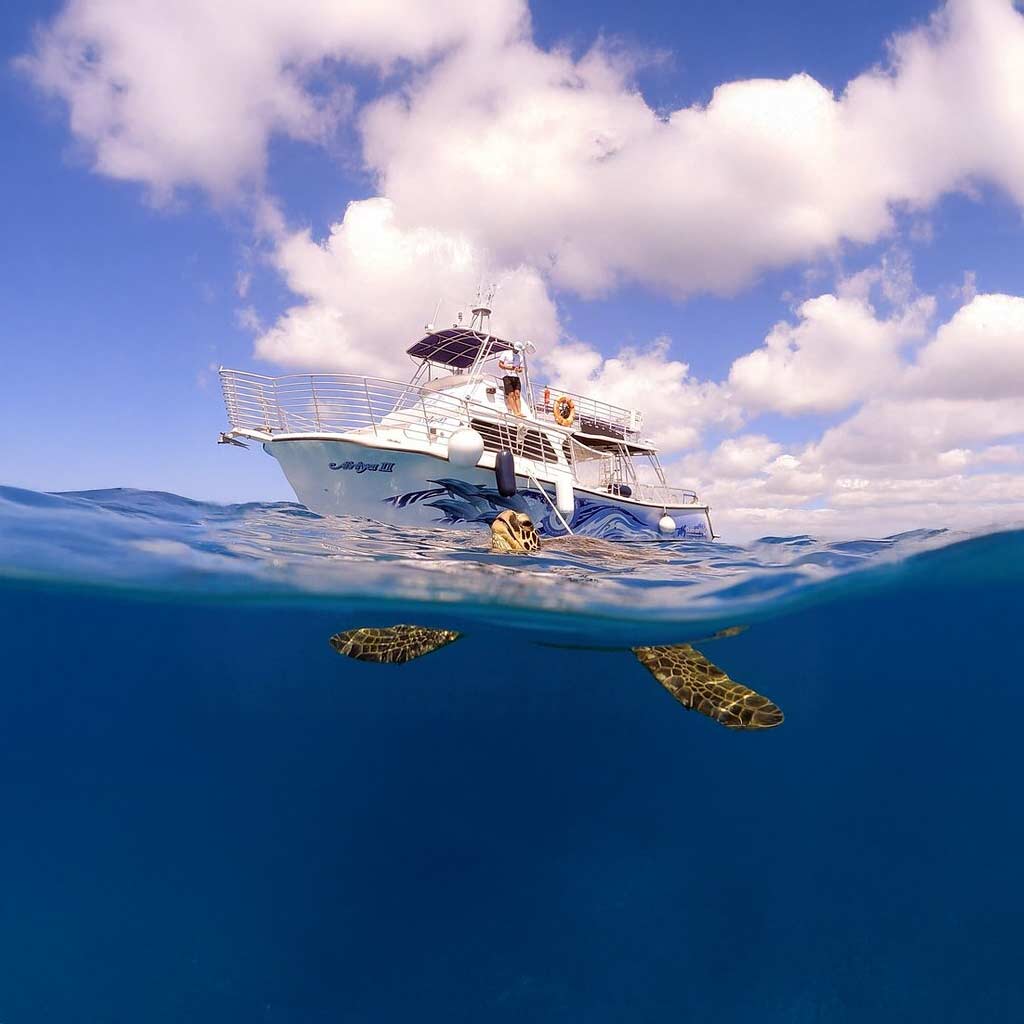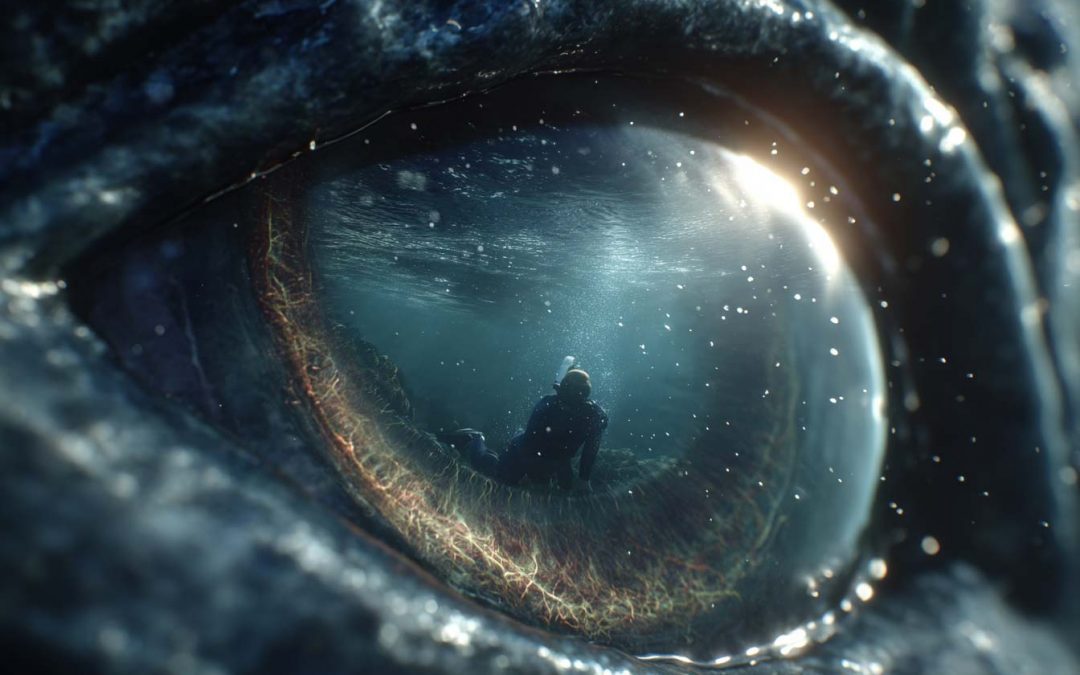Turtle Eyes In Oahu: What They See, How To Respect Them

Sea turtles are easy to love. Their calm faces and wise eyes make every snorkel feel special. Those eyes are built for the ocean. This guide explains how their vision works, why their eyes sometimes look teary, and how to watch them in a way that keeps them safe. At the end, find the top Waikiki turtle swim tours, with Turtles and You leading the list.
How sea turtle vision actually works
Turtle eyes are designed for life in salt water. The cornea and lens bend light for clear sight underwater. Above the surface, things can look blurry, like how we see in a pool without goggles. Pupils open wide at depth to catch more light. Around shallow reefs they shift quickly with the sun, helping turtles read reef textures and grazing spots.
What colors can turtles see
Sea turtles likely see blue and green very well. That fits clear Hawaiian water where those wavelengths travel far. Contrast and motion matter too. A turtle can pick out a moving fish or swaying algae even when the water is a little cloudy.
Do turtles cry
It looks like it. Shiny streaks at the corner of a turtle’s eye are not sadness. Specialized salt glands drain near the eyes. They pull extra salt from the blood and send it out with a watery fluid. On the boat you might see it as a tear line, but it is a normal system that keeps a turtle in balance.
Built in eye protection
Soft tissue around the eye and a fast inner lid act like a clear shield. It cuts glare, blocks sand, and helps during quick turns through surge. This natural visor lets turtles swim close to the reef without injury. It also keeps the eye moist when a turtle pokes its head up to breathe.
How close is too close
If you snorkel at Turtle Canyon, give honu space. Back up if a turtle changes course or stops feeding. Let it choose the path. Great photos come from patience, not pursuit. Good basics include:
- Float still and keep your fins behind you
- Do not touch, chase, or block a turtle’s path
- Keep your camera and selfie stick out of the turtle’s face
- Use reef safe sunscreen and avoid standing on coral
Night and rest
At night or when seas get rough, turtles rest under ledges or in gentle sand pockets. Their reflexes slow, but they still surface for air. A resting turtle needs even more space. If you find one tucked into the reef, enjoy a quick look and move on.

Top Waikiki turtle swim tours
You can see turtles from shore on some days, yet boat trips give the truly best odds. These Waikiki operators visit the main cleaning station and bring helpful crew who watch conditions and guide swimmers. Turtles and You is first for comfort and ease.
- Turtles and You
Round trip Waikiki transportation keeps the day simple. A friendly crew leads a clear briefing. Restrooms are on board, along with a bar for paid drinks and a complimentary snack. - Holokai Catamaran
Fast sail to the reef. Restroom on board, easy entry ladder, and time under sail after your swim. - Pink Sails Waikiki
Two hour plan with light snacks. Simple, beginner friendly layout and staff who help with gear. - Living Ocean Tours
Flexible departure windows and a classic Turtle Canyon plan. Helpful guides in the water. - Diamond Head Cruises
Small raft for a more intimate group. Quick ride time and a hands on crew.
What to bring and what to leave behind
- Polarized sunglasses for the ride out
- A towel and a light jacket in winter
- ID and a card for bar purchases
- No touching wildlife or coral
- No feeding fish or turtles

